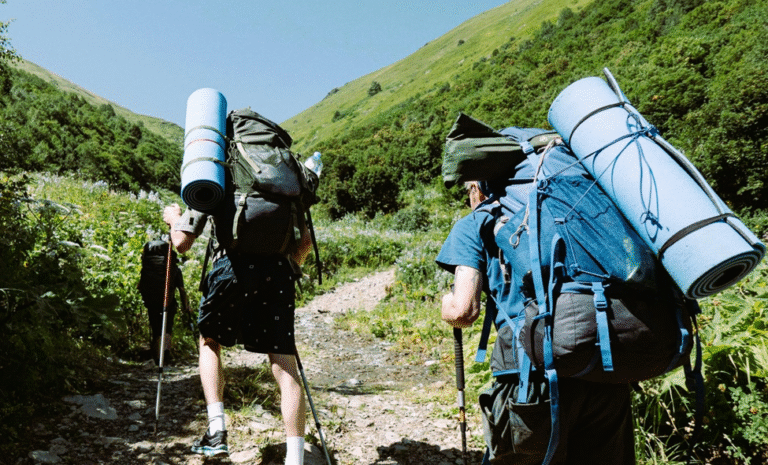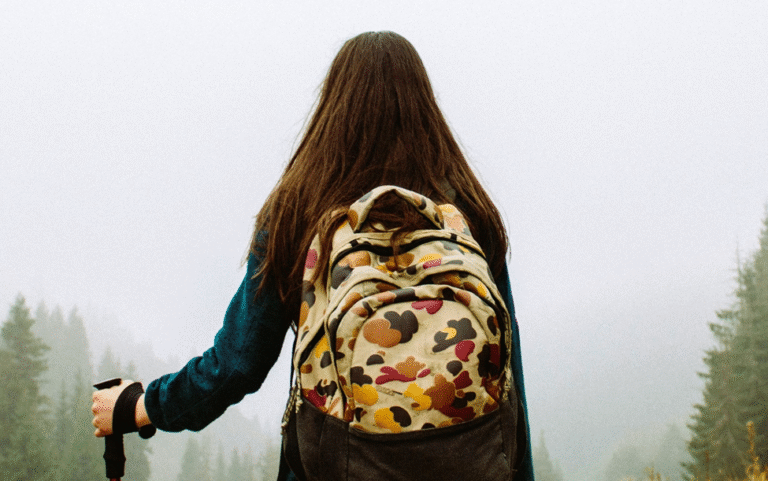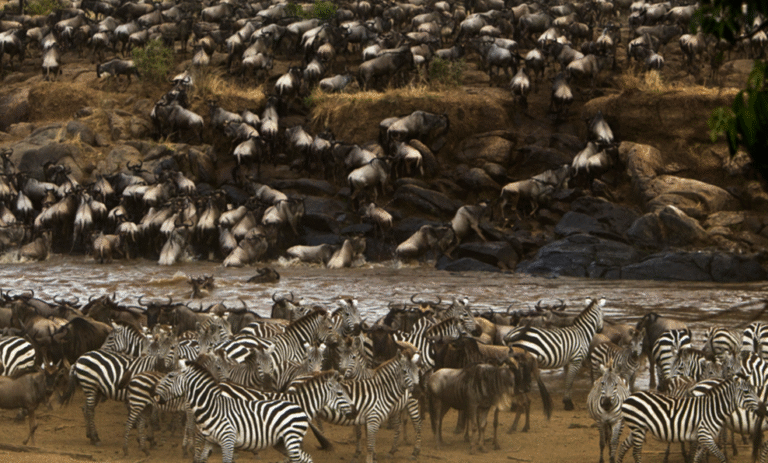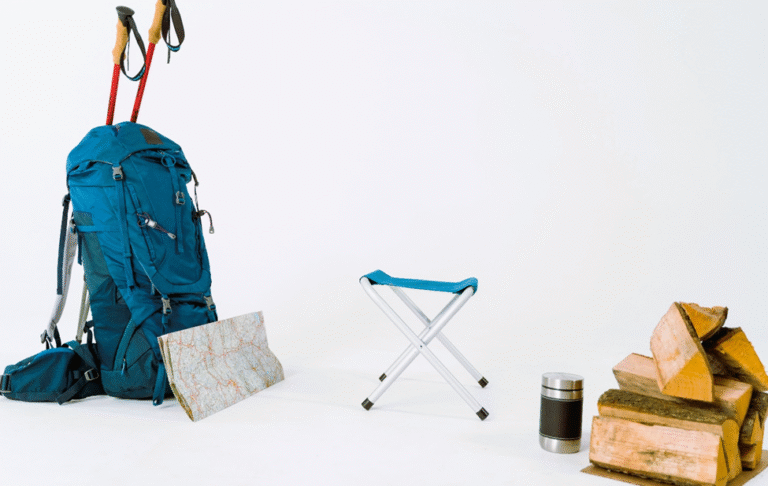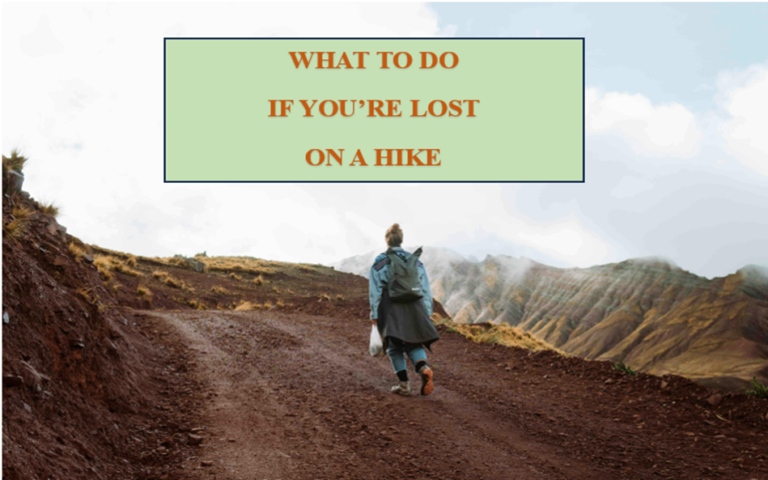
Hiking in bad weather can be difficult. Strong winds, rain, and snow can make it difficult to see and walk. Lightning is a risk during storms, and chilly temperatures can make you feel ill or extremely uncomfortable. However, you can still have an enjoyable and safe trip even in bad weather if you plan earlier and follow a few wise recommendations. Here are a few easy hiking tips for bad weather.
1. Check the Weather Forecast
Before you set out, check the weather forecast. Avoid hiking in bad weather,during severe storms or extreme temperatures. Forecasts will inform you of approaching storms or rapid temperature changes. If conditions look dangerous, consider rescheduling your hike. Hiking is best enjoyed in safe conditions.
2. Choose the Right Gear
Proper gear makes hiking in bad weather manageable. Start with a waterproof jacket and pants to keep you dry. Waterproof clothing helps prevent hypothermia. Choose breathable fabrics to prevent sweat buildup. Good gear helps keep you warm and comfortable.
3. Wear Layers
Layering is vital for maintaining body temperature. Dress a moisture-wicking base layer to keep your skin dry. To keep warm, add insulating layers like fleece or wool. Finish with a waterproof outer layer. Layering helps you to adapt your clothing to changing weather conditions.
4. Protect Your Feet
Wet or chilled feet can rapidly spoil a hiking adventure. Wear waterproof shoes with high grip to prevent slipping. Combining them with moisture-wicking wool socks will keep your feet warm. Keep extra pair of socks in case your first pair gets wet. Dry, warm feet are necessary for comfort and safety while hiking in bad weather.
5. Pack Extra Clothing
Bad weather can be unpredictable. Pack extra clothing, especially socks and gloves. If you get wet, having a dry set to change into can prevent hypothermia. Carrying spare clothing is a simple way to prepare for weather surprises.
6. Use Waterproof Bags for Gear
Use waterproof bags for important things like your phone, map, and first aid kit. This helps protect them if it rains a lot. Waterproof bags keep your stuff dry and safe.
7. Bring a Map and Compass
Hiking in bad weather can reduce visibility. Clouds and rain can hide landmarks, making it harder to find your way. A map and compass are reliable tools that don’t require technology. Learn how to use them before start on a hike. These tools can save lives in low-light circumstances.
8. Be Cautious on Slippery Trails
Wet trails can be slippery and unsafe. Walk with small steps to avoid slipping. Trekking poles can help you stay steady. Move slowly and carefully to stay safe.
9. Stay Hydrated and Fueled
Cold and wet weather may make you less thirsty, but staying hydrated is important. Bring plenty of water and drink regularly. Pack high-energy foods such as almonds, dried fruits, and granola bars. Keeping your energy levels up allows you to stay comfortable and focused.
10. Know the Signs of Hypothermia
When hiking in bad weather, you can get too cold, which is called hypothermia. You might notice shaking, feeling confused, and talking strangely. If this happens to you or a friend, find a dry place, change into dry clothes, and drink something warm. Knowing the signs early can stop it from getting worse.
11. Avoid Exposed Areas During Storms
When trekking during a storm, lightning might be dangerous. During lightning storms, stay away from high points, ridges, and vast open fields. If you become stuck in a storm, seek lower ground and shelter. Spread out if you’re in a group to reduce the likelihood of multiple strikes.
12. Be Mindful of River Crossings
Heavy rain can cause rivers to swell. Swift currents make crossings dangerous. Avoid crossing rivers if they appear swollen or fast-moving. Wait for the water level to lower if possible. Crossing in bad conditions can be life-threatening.
13. Stay Alert to Weather Changes
Weather changes rapidly in the woodlands. Keep an eye on the skies for signs of worsening weather. Dark clouds, falling temperatures, or increased wind could all suggest a storm. Pay attention to these changes and be prepared to backtrack if required.
14. Carry a Reliable Light Source
Hiking in bad weather can make it hard to see where you’re going. Bring a flashlight or headlamp, even during the day. rain, fog, or snow can make tracks hard to see. A good light helps you see the trail and avoid getting lost.
15. Plan for a Shorter Hike
Bad weather can slow you down. Plan for a shorter hike because you’ll need to move more slowly. Start your long hike early in the day. Change your plans based on the weather so you don’t hike in the dark or rush to finish.
16. Let Someone Know Your Plans
Tell someone where you plan to hike and when you’ll return. If conditions worsen, this person can alert authorities if needed. Having a backup person aware of your plans increases your safety. Communication is important when hiking in bad weather.
17. Bring a First Aid Kit
A first aid kit is essential on any hike, but even more so in bad weather. Include supplies for cuts, blisters, and minor injuries. Bad weather can increase the risk of slips and falls. A first aid kit lets you handle minor injuries on the spot.
18. Use Trekking Poles
Trekking poles help you keep your balance on slippery or uneven ground. They also make walking easier, especially when going downhill. Poles are great for hiking in bad weather and can make tough trails easier.
19. Stay Positive and Flexible
Hiking in bad weather can be difficult, but maintaining a positive attitude helps. Prepare to change plans if the situation worsens. Flexibility is necessary for safety. Enjoy the experience and the unique beauty that awful weather brings to nature.
Hiking in bad weather needs care. Check the weather. Wear warm and dry clothes. Drink water. Watch for signs of cold. Stay away from high places during storms. Be careful on wet paths. Be ready to turn back. Tell someone where you’re going. Stay safe and have fun!
FAQ’s
What should I wear when hiking in bad weather?
How can I stay safe during thunderstorms?
What should I do if I get wet while hiking?
Is it safe to hike in heavy rain?
How can I improve my visibility in bad weather?

